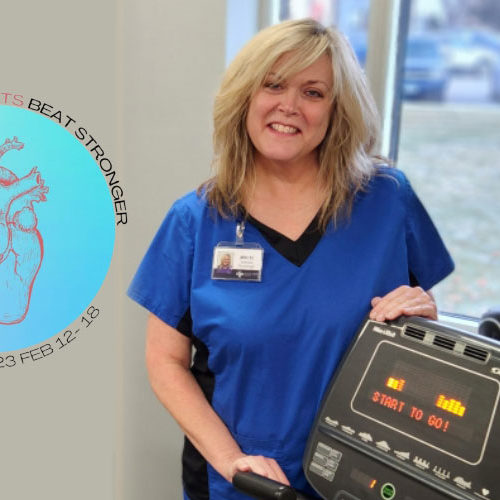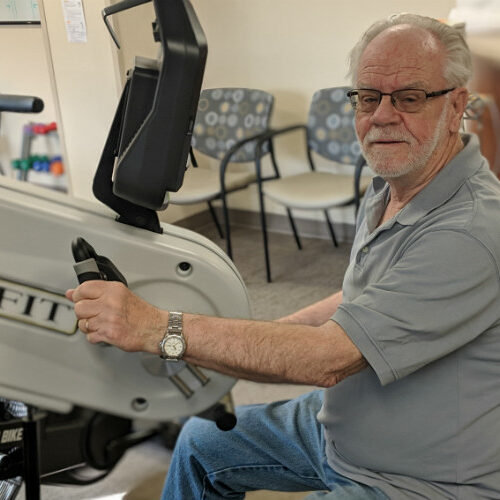Cardiac rehab gives people confidence to recover after a cardiac event. Evidence shows that there is a two-way relationship between heart disease and mental health.
Tag: Cardiac Rehab
Post
Together Our Hearts Beat Stronger: Cardiac Rehab
Patients are supported by a cardiac rehab team while regaining strength, reducing future risk of heart problems, and improving their overall quality of life.
Post
Heart Attack Averted
Cardiac patients benefit from tight-knit cardiac care coordination between Glacial Ridge Hospital in Glenwood and CentraCare Heart & Vascular Center in St. Cloud. Read one patient's story to see how it saved his life.
Post
Cardiac Rehab: a Patient’s Second Chance at Life
The pain would start in his sternum and rise up his throat, cause his arms to ache, and hands would go numb. Hanley was always active; at 71, he only slowed down when being active brought on pain that required him to take a breather. Often, this would happen after walking from the house to...





